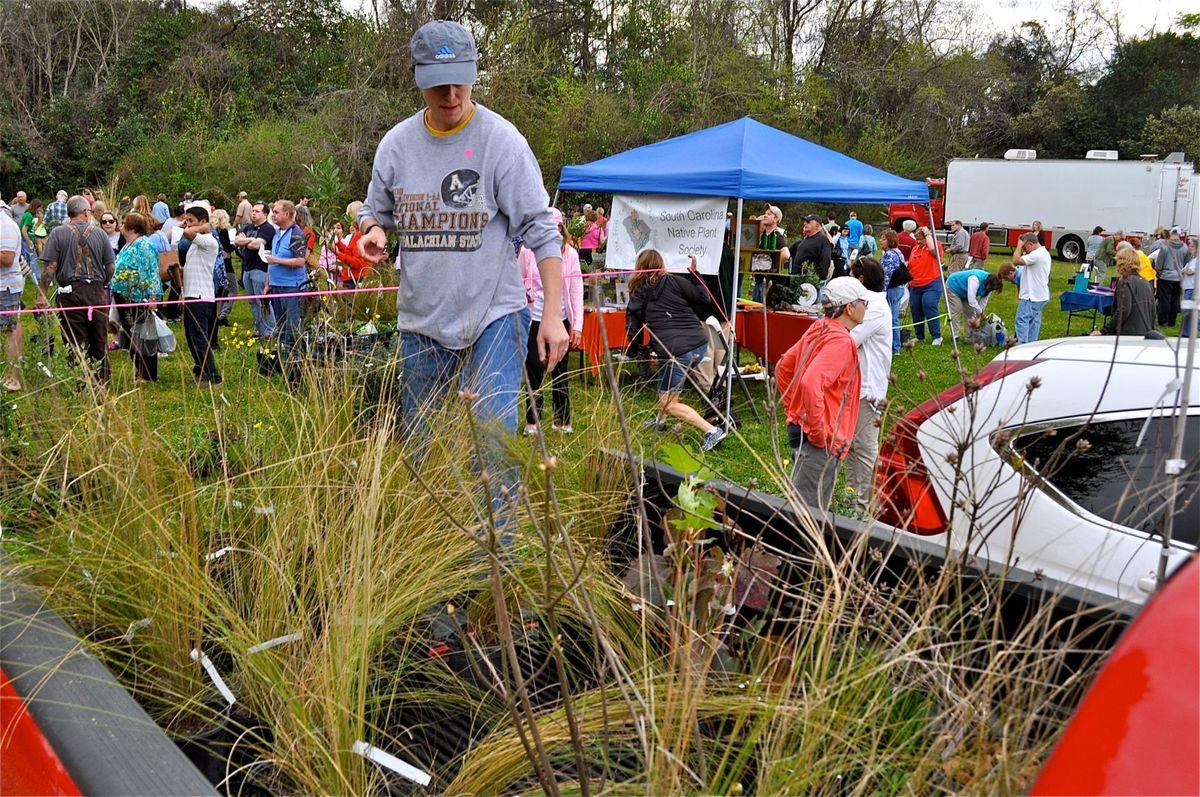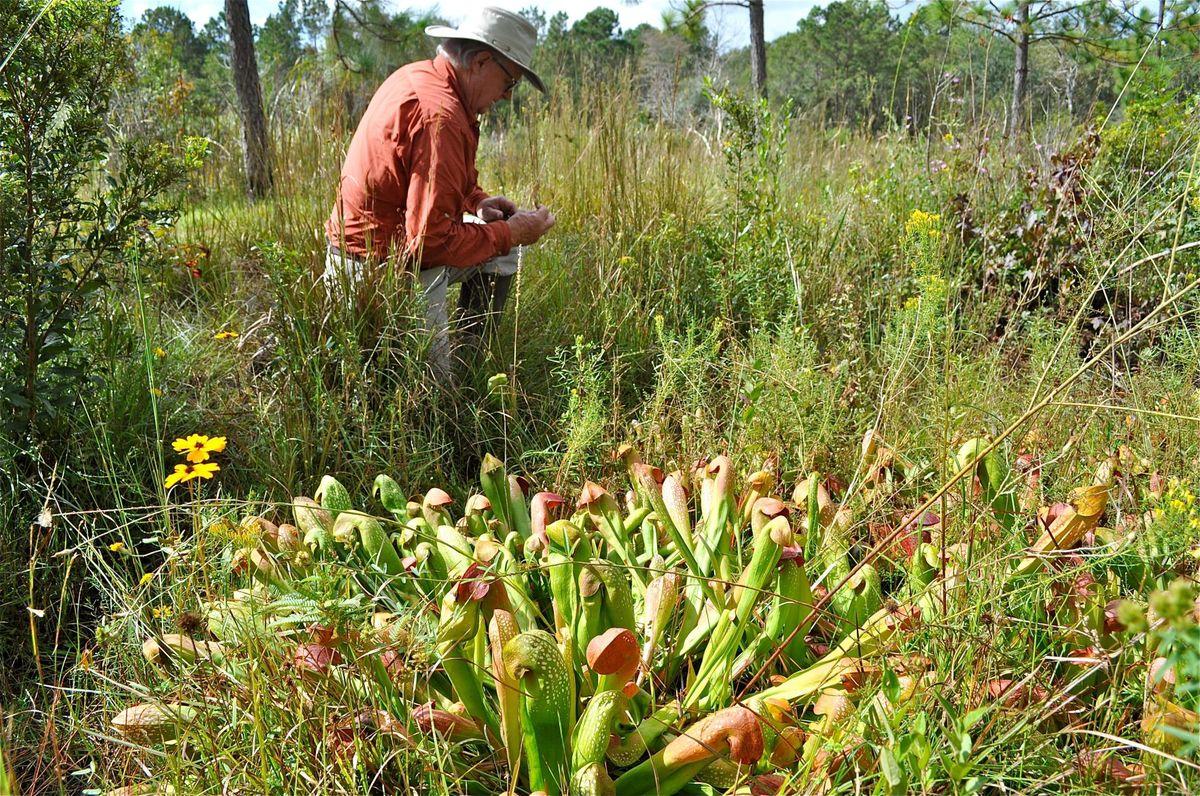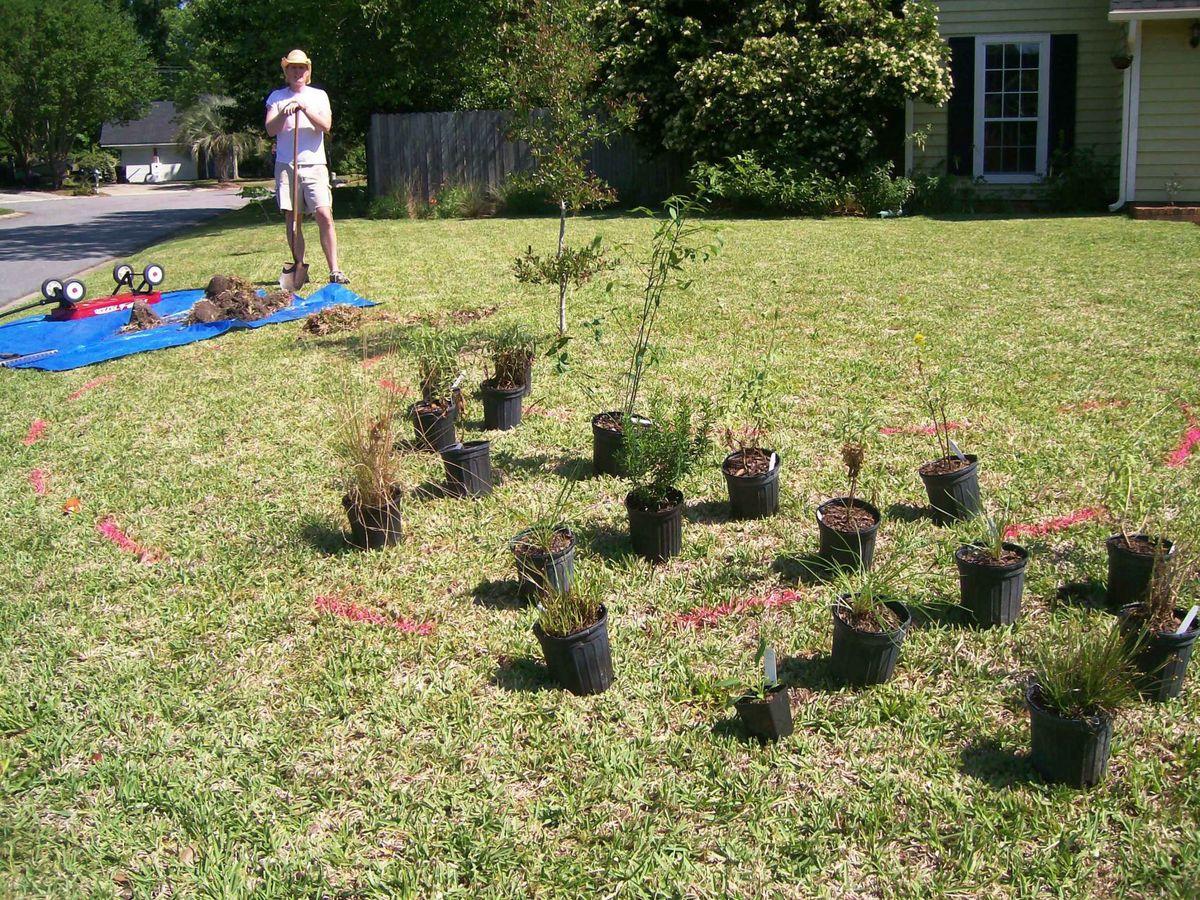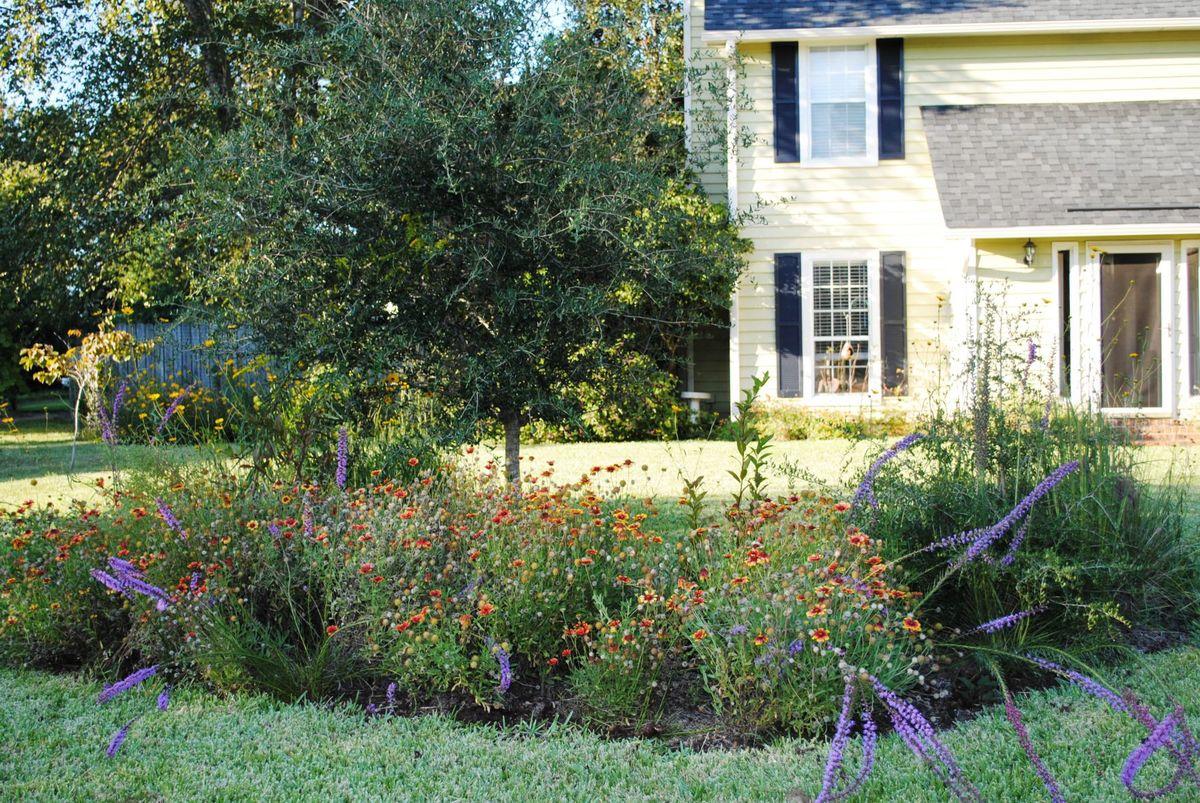This article first appeared in the Post and Courier.
Using plants that are native to South Carolina in the landscapes of homes, schools and businesses will get a boost this week.
With an official declaration of “South Carolina Native Plant Week” by the General Assembly in May, Audubon South Carolina has joined the S.C. Native Plant Society in organizing lectures, hikes, seed collection trips and plant swaps and sales across the state in an effort to educate people and promote more ecologicallysensitive horticulture.
The week kicked off Saturday with a workshop and garden installation at The Bend in North Charleston, a native plant and seed swap at Good Shepherd Lutheran Church in Columbia, native plant sales in Greenville and the Spring Island Trust’s native plant nursery near Bluffton.
It continues Sunday with native plant displays at The Museum of York County in Rock Hill and the Lancaster-based Katawba Valley Land Trust’s 25th anniversary at The Ivy Place.
Events will take place Monday through Saturday in an array of towns, including Spartanburg, Clemson, Landrum and Moncks Corner.
One highlight in Charleston will include a lecture, “Rediscovering the Lowcountry Landscape in the Footsteps of Our Forebearers,” by famed local botanist Dr. Richard Porcher and artist and author Celie Dailey at 6:30 p.m. Tuesday at Founder’s Hall at Charles Towne Landing State Historic Site.
The week concludes locally with the Lowcountry Native Plant Sale at Charles Towne Landing on Saturday.
Flora and fauna
Matt Johnson, director of bird conservation and engagement for Audubon South Carolina, says the effort in South Carolina follows those of the National Audubon Society’s Plants for Birds program, which underscores the importance that native plants have for migratory and resident birds.
“These plants have occurred here for thousands of years and our insects, birds and other wildlife as well, have adapted to feeding on and living with those species,” says Johnson, noting the variety of flowers, fruits, seeds, nuts and host insects they provide for wildlife.
Johnson says native trees can provide hundreds of types of food, while some non-native trees can provide as little as a half dozen.
“We’re trying to encourage people to think of their yard as an ecosystem. As our area gets more and more developed, our backyards will be playing an increasingly important role (in providing food and habitat). I don’t think people sometimes realize that. But if you pay attention, you’ll see it.”
Johnson says having the General Assembly declare a week for native plants was both a way to help legislators understand the importance and “to build a platform for talking about how native plants are beneficial to wildlife and humans.”
Two decades and counting
Since 1996, the all-volunteer S.C. Native Plant Society has been promoting species that have long grown in the Palmetto State and Southeast region. Five society chapters have varying levels of participation and programming, but most offer meetings, hikes and public plant sales.
Lowcountry chapter President Kim Counts Morganello says she thinks the organization is making a difference, noting that consistent programming has spread the word on numerous levels. She says knowledge has spread from teachers to students and to local and even Big Box nurseries.
Morganello says the state Audubon efforts with the society will provide synergy to help the “built environment be more compatible with local ecology.” And while most of the focus of native plants recently has been on pollinators, such as butterflies and bees, the connection with birds is critical.
“Research has shown that the more native plants that are present, the more birds and other forms of life are also present. Plants are the base of the food chain and support biodiversity,” says Counts.
Good for business
Recent efforts to provide plants for pollinators has helped David Manger’s native plant business, Root & Shoots, in Charleston.
“The best advocates for native plant gardens are butterflies, bees and birds,” says Manger, who bought the small nursery business a year ago.
Manger applauds efforts by the Native Plant Society and Audubon to advocate for the plants because it works, as evidenced not only in his business but in offerings of larger, locally owned nurseries such as Hyams Garden Center.
Manger says he hopes to triple the size of his business, which is currently 2,000 plants with about 200 varieties, in the next year.
The suburban yard
Anyone who passes by Colette DeGarady’s yard in the Mount Pleasant subdivision, Wando Lakes, may not think it’s different than most.
The front is predominantly lawn, but the beds — including a rain garden to capture and absorb water flowing off the house — are filled with dozens of species of native and edible plants that upon closer look were covered with bees and butterflies last week.
“We won ‘Yard of the Month' once, but I think we’re still a little wild for most people,” says DeGarady, who is an ecologist and a longtime Native Plant Society member. “You can make natives aesthetically beautiful.”
Her backyard provides separate outdoor spaces for her children to play, for two small flocks of chickens, for her dog Bogie, and a South American yellow-footed tortoise that someone gave her when she worked at a pet store in 1991, as well as native plants.
“It’s multifunction ecologically, too,” says DeGarady.
Restoring a native forest
One of the co-founders of the Society’s Lowcountry chapter, John Brubaker, started his native plant efforts by creating a “very intense wildflower garden” on a 30-foot by 70-foot space in downtown Charleston.
Brubaker's passion for native plants specifically began after he looked into the pesticides that he wanted to use to kill nematodes in his lawn in the mid-1970s.
"It just clicked," Brubaker says of his wake-up call. "I was wanting to make my living space toxic. I thought, 'What am I doing?'"
Passions for science and nature dovetailed and stirred more study and hands-on experimenting.
The retired cardiovascular researcher at the Medical University of South Carolina took his passion to the country 19 years ago when he moved to Awendaw.
He began restoring his 26-acre property to a longleaf pine ecosystem, which once covered an estimated 90 million acres of the Southern coastal plain.
Brubaker, who is 75, jokes that he's only begun the 200-year project.
He started by harvesting loblolly pines (favored by the timber industry for growing fast), sweetgum, red maple and water oak, replanted with longleaf pine and doing prescribed burns.
Along with opening up space and sunlight for "remnant ground species" to return, he often "rescued" other natives from properties under development or restored species to the area, such as grasses like little bluestem and Carolina dropseed.
He hopes people will embrace planting natives, stressing that he thinks it actually will impact something few think about: the health of the soil.
"Our (current) landscaping is build around what is simple and showy," says Brubaker, noting that most people are programmed what to think is beautiful. "Our landscape needs to be built around what is healthy."








